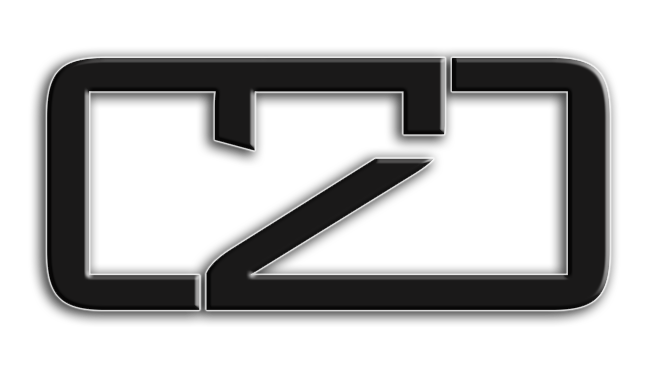This is part three in a series of blog posts titled faders come down from zero looking at ways to improve your use of music production tools at your disposal, looking more towards how you handle your projects from a work flow point of view rather than a look at specific equipment.
Strip silence is a very powerful and quick to use tool. It is a common techniques to cut out all silence, or unnecessary audio for example, spill on Tom channels. So if you are at the point of single take stems, we can quickly remove all unused space in the track leaving us a significantly lower noise floor which will be a huge benefit in the long run.
If you have no headroom…
Headroom is a word that is banded around all over the show, but the main crux of the fact is that if you have no headroom, you have essentially ran out of space to mix in. In a perfect world, all our incoming signals will be as close as possible, if not at zero db. In the mix, all of these sounds will be summed together eventually to give us our mix, so that’s obviously going to be more than zero. So start how you mean to go on, and reduce the individual channels gain by 6db each so that we have enough sonic space to mix with. The worst position to be in is at the end of a mix, littered with automation, and having to adjust our work to reduce all our channels output.
Reference tracks are extremely important in allowing us an insight in to production techniques and how the components actually combine within our influences. Firstly, pick a set of tracks that you know inside out that you can use to understand how sounds sit in a mix in your space. Then for your specific projects, listen to relevant material that directs you to the goal whilst referencing back to you trusted reference tracks. The worst assumption that you can make is that a new set of monitors or headphones will improve your mixing. Yes, they may allow you to hear more frequencies and hear them in a more balanced way, but only if we learn and understand how our reference material sounds on them too.
Do you know what you are listening to?
Monitors and headphones are extremely important, but not important enough to ditch what you have and drop all your cash on what you have “heard” is the latest set that you need in order to achieve “that sound”. Firstly, I would say, make your own decisions on what equipment you think is good. But more importantly, make use of what you actually have. Use your headphones for all occasions, from listening to music as you walk through town right through to your writing in your production suite. If you listen to music on different headphones than what you produce on, your are doing yourself a disservice. You have learnt what your reference tracks sound like, and then thrown away your knowledge by “upgrading” your headphones. The same for monitors, learn what music sounds like in the way that you listen to it, and then compose or produce in the circle of knowledge that you have built up. It’s a bit like learning to drive one car in your lessons and then jumping in to a new car when you take your test. Its the same…. but different.



